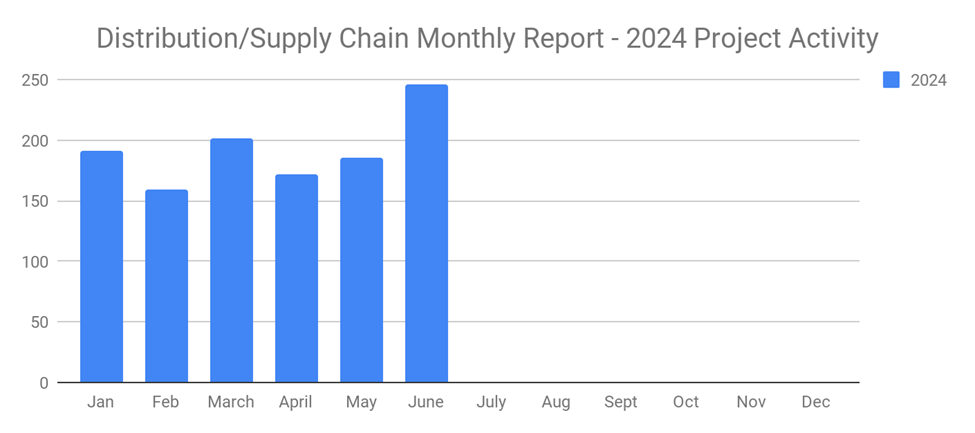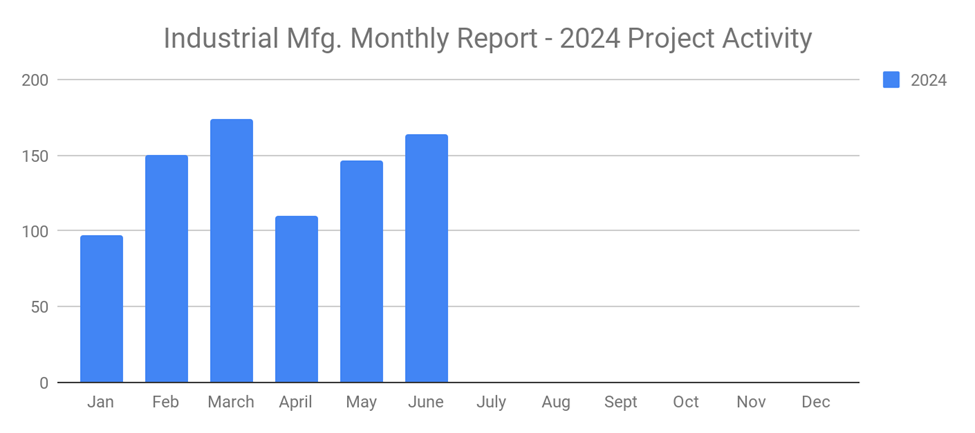-
Posted On Friday, January 13, 2017 by Evan Lamolinara

Statistics show that roughly half of all new small businesses fail within their first five years. There are many reasons why small businesses fail, but one of the most common is ineffective sales and marketing strategies. If you want customers to choose your business over your competitors, you need to target the right B2B sales leads with your marketing efforts – and this is where prospect targeting comes into play.
Successful small businesses are now using the high-tech tools and services that were once limited strictly to large businesses. As such, they're able to keep up with the “big dogs,” making a name for themselves while subsequently establishing their brand as a leading authoritative figure for their industry or niche.
Small businesses are often able to implement account-based tactics more quickly than larger businesses. As such, it's now more cost-effective for small businesses to create and deliver personalized marketing messages to their respective audience as opposed to using “mass marketing” tactics, which generally yield minimal results.
Prospect targeting is one such lead generation tactic that's being used by small businesses. It involves direct and/or indirect promotional methods towards a specific segment – the demographic who's most likely to buy your products or services. If you own a business that sells office furniture, for instance, you should target companies that are expanding or planning to relocate. This is the demographic who's most likely to buy your product, so it only makes sense to target them as opposed to other demographics.
One of the keys to effective prospect targeting is an effective data strategy. You must have a process for acquiring, segmenting, and maintaining highly targeted B2B prospect data, such as contact names, email addresses, phone numbes, industries, relevent trigger events, etc, etc.
Here are some tips for successful prospect targeting:
- Harvest data on your customers to determine who exactly is buying your products or services.
- Segment your prospects based on various criteria.
- Create custom, personalized email marketing messages for each segment of prospects.
- Place yourself in the shoes of a typical prospect and ask yourself why he or she would interested in the product or service.
- Use the right customer relationship management (CRM) software to keep track of prospects through every stage of the sales funnel.
- Optimize your approach based on data collected from your marketing and promotional campaigns.
- Don't automate all of your marketing campaigns. There are some tasks that should be done manually for successful prospect targeting.
- When researching sales leads, collect as much information about the prospect as possible. The more information you have, the greater you can customize your marketing approach.
What to learn more? Get in Touch
Latest Posts
-

New Distribution and Supply Chain Industrial Projects Surge to 246 in June 2024
-

New Industrial Manufacturing Projects Third Month in a Row of Growth with 164 New Projects for June 2024
-

Planned Industrial Construction Projects Continue Strong in June 2024 with 496 New Projects
-

New Food and Beverage Planned Projects with Stellar Growth in June 2024 with 71 New Projects
